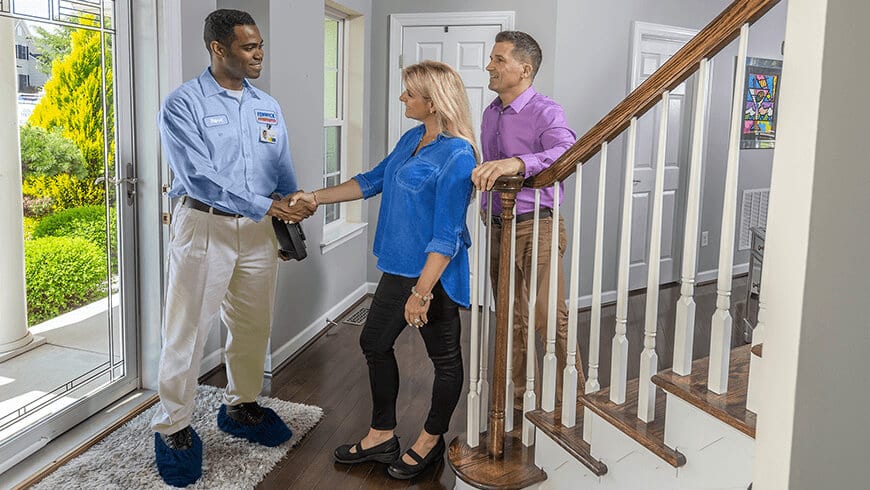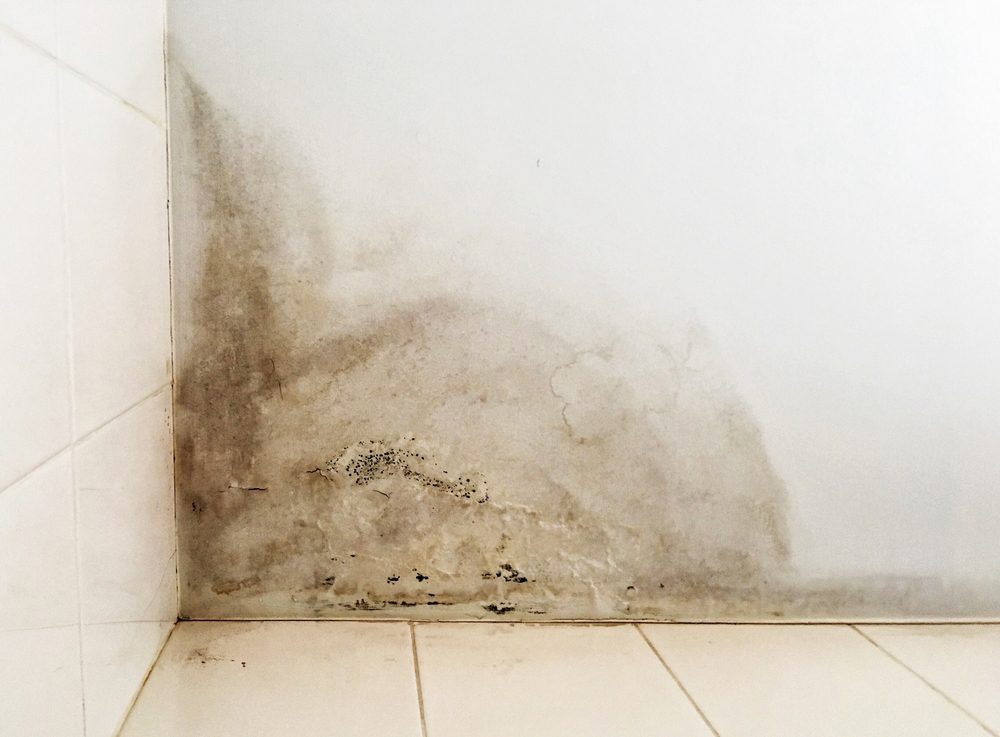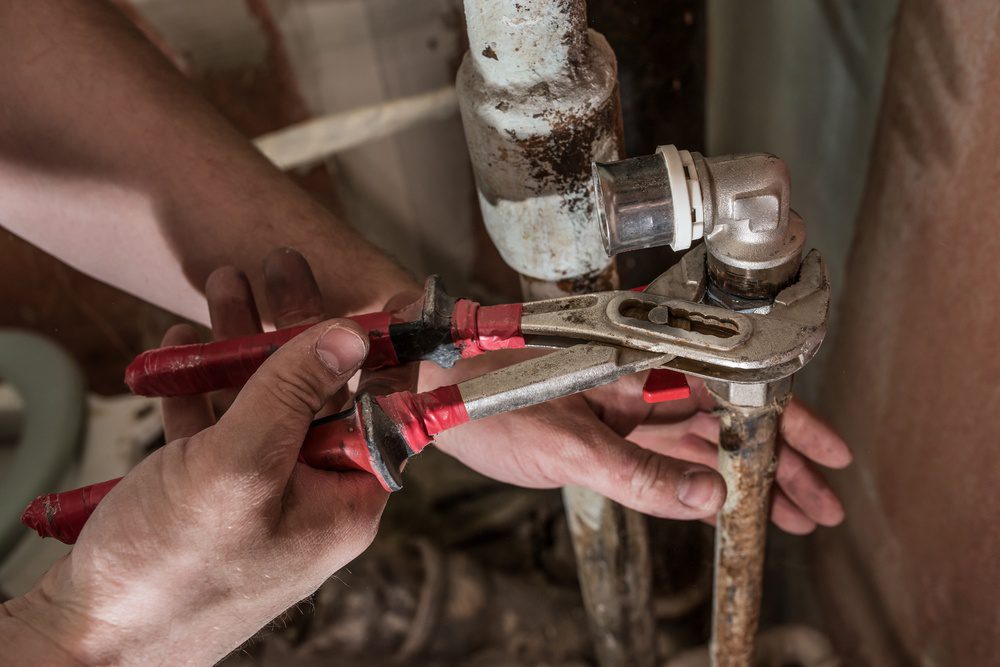
You likely don’t give much thought to your plumbing system until you’re facing a backflow emergency with a plunger in hand. But you can’t fix everything with a plunger.
Table of Contents
The Jacksonville plumbers at Fenwick Home Services offer same-day services for everything from backflow testing to gas line repairs and repiping. Let’s take a look at the vents in your plumbing system, including how to spot common issues.
What Is a Plumbing Vent?
Drain pipes remove wastewater from your main drain line, sending it into the city’s municipal line to keep only clean water circulating at home. Vents do the same thing but with air.
How Does a Plumbing Vent Work?
Vent stacks attach to the drain line, and run vertically to the roof. But what do the vents do for your plumbing? The drain line pressure pushes odors from waste products and dangerous sewer gases through the vent pipe to the rooftop vents to give them a safe escape route.

Why Does My Home Need Plumbing Vents?
Aside from allowing fumes to exit the system, these vents also allow fresh air to flow into the plumbing system from the other direction. The release of fumes and constant airflow equalize the drain line pressure.
The fresh air moves water at a regular pace through the plumbing system. Without it, the low-pressure water would suck water out of areas like the P-trap. This makes for unpleasant odors and is dangerous for your plumbing system if the P-trap’s barrier fails because the water in the P-trap stops toxic fumes from flowing back up the system.
Types of Plumbing Vents
Depending on your plumbing system type, you’ll need one or more of the following:
- True vents are the most traditional and simplest vent type, comprising one vertical pipe connecting the roof to the drain line.
- Auxiliary vents or re-vent pipes connect to the drain line but near specific fixtures. Only a main vent line reaches the roof.
- Common vents are single vents that use a sanitary cross to tie two separate water fixtures to the same plumbing vent stack.
- Wet vents don’t need roof vents since they are built into the drain line. As it drains water from one water fixture, it receives air from another.
- Loop vents allow you to vent island sinks and other free-standing water fixtures since the vent pipe runs under the floor rather than in the wall. It loops within the cabinet sink.
- Air admittance vents are ideal for water fixtures that aren’t near larger vent systems. These AAVs use a one-way mechanical valve for separate venting.

Common Plumbing Vent Stack Problems
What can keep your plumbing system’s vent from working properly? The obvious answer is a clog. Your plumbing system’s air vent typically has access to the outdoors, including exposure to dust, debris, bird nests, and ice. If any of these substances accumulate enough to bar optimal airflow, the pressure rises in the drain pipes below the roof vent.
The following are additional plumbing vent stack warning signs:
Strange Sounds
Is the toilet gurgling or bubbling? You may have a toilet vent pipe clogged, as that drain line is gasping for air. You may also notice empty toilet tanks and water levels rising and falling.
Low Water Flow
Poor water flow not only causes low water pressure in sinks and showers but also slow drainage. You’ll find water pooling in your plumbed appliances in no time.
Foul Odors
Sewer gas smells and other foul odors are caused by improper ventilation. They’ll linger if there’s a vent clog.

How to Repair Vent Issues for a Quick Plumbing Fix
Since many vent symptoms double as drainage clog symptoms, it’s common to try to clear it with plungers, augers, and chemical solutions. Even if these methods help slightly, you’ll notice vent-related issues reappearing and worsening.
Here’s what a professional plumber will do to fix the problem:
- Climb on the roof. The plumber will remove the cap on your roof’s vent pipe directly above your bathroom and use a flashlight to check for blockages. They’ll either use their hand or a drain snake to remove any debris before giving it a quick rinse with a hose.
- Check the pipes. If the roof was clear but the issue persists, repairing or replacing pipes may be the only option.
Why You Shouldn’t Attempt a Vent Repair Yourself
Scaling a roof is already dangerous without the risk of toxic fumes and slip hazards. Rather than try to fix the problem yourself, hire a professional with years of experience in plumbing and vent solutions. Our team uses state-of-the-art tools and equipment to get the job done, and our technicians are fully licensed and insured—giving you peace of mind if an accident or damage were to occur.

Plumbing Solutions That Work With Fenwick Home Services
Why risk a fall? Leave plumbing vent cleanings and drainage issues to Fenwick Home Services in Jacksonville, Florida. Call us today at 1-904-467-7304.

